Why taking care of your scar is so important:
A c-section is a major abdominal surgery! Seven layers of tissue were cut to get that beautiful baby to the outside world:
skin, fat, fascia, abdominal muscle, peritoneum, the uterus and the amniotic sac
After birth, we want to make sure that these layers can glide smoothly over each other to support core function, pelvic floor function and general health. You need a strong core and pelvic floor to lift car seat/baby/toddler, resume physical activities like weight lifting, running, etc and do all those bodily functions that happen down there like peeing, pooping and getting your period.
Check out the video below for a non-gory look at all the layers that were involved in your c-section.
C-Section Video (Don't worry, it's PlayDough!)
Start with nerve desensitization (can begin at 2 days post-surgery)
You may have noticed that the skin surrounding the scar feels a little off...overly sensitive, numb/tingly or irritated from your clothing or underwear. The brain helps your nervous system decipher different signals that your skin sends - pain, hot/cold, deep pressure vs light touch. These signals can be disrupted after surgery.
Start with the skin around the scar, at 4 weeks you can work directly on the scar. Use different textured objects to help the nervous system normalize these sensations. Try:
Rub on and around the scar with different fabrics and use the toothpick to gently prick the skin. Do this 2x/day for a few minutes at a time.
Keep all these objects together in a bag where they are easy to access.
Scar mobilization (can start ~ 4 weeks post-surgery):
Try to make it part of your routine - before bed or after getting out of the shower for example.
You do not have to buy any fancy lotion or cream, but some can help diminish the appearance of the scar. Try wheat germ oil or body butters with Vitamin E and collagen. Keep your lotion in an easy to access location that helps you remember to use it.
Give yourself time for the wound itself to heal - usually around 4 weeks. The stitches should be dissolved or removed at this point.
The technique:
There are several ways you can use your fingers to mobilize the scar tissue.
across the scar in a circle or star pattern
pinch and lift the scar
find the areas of adhesion (these will feel crunchy or like harder lumps) and focus on moving these in all directions
press into the skin above and below the scar and pull away from it
Know that this can be difficult to perform on yourself, especially in the beginning! Start gently and realize that mobilizing (any) scar tissue can release emotions. If you need help getting started, we can do this at one of your postpartum chiropractic appointments.
Remember that you can start as early as 4 weeks, but it is NEVER too late to mobilize your scar.

